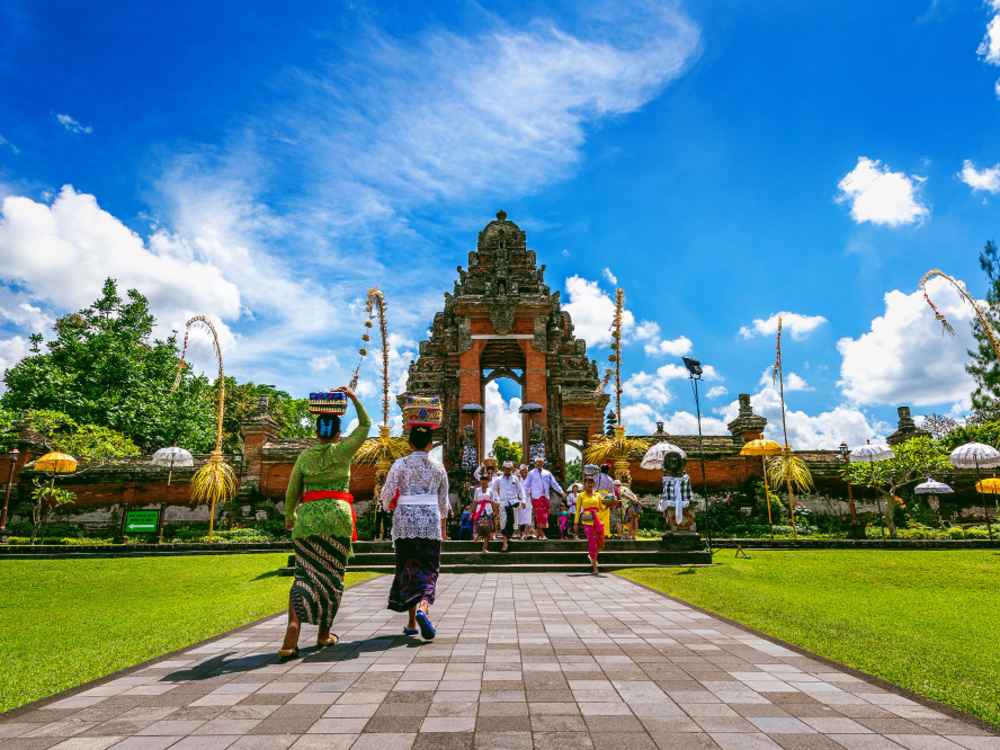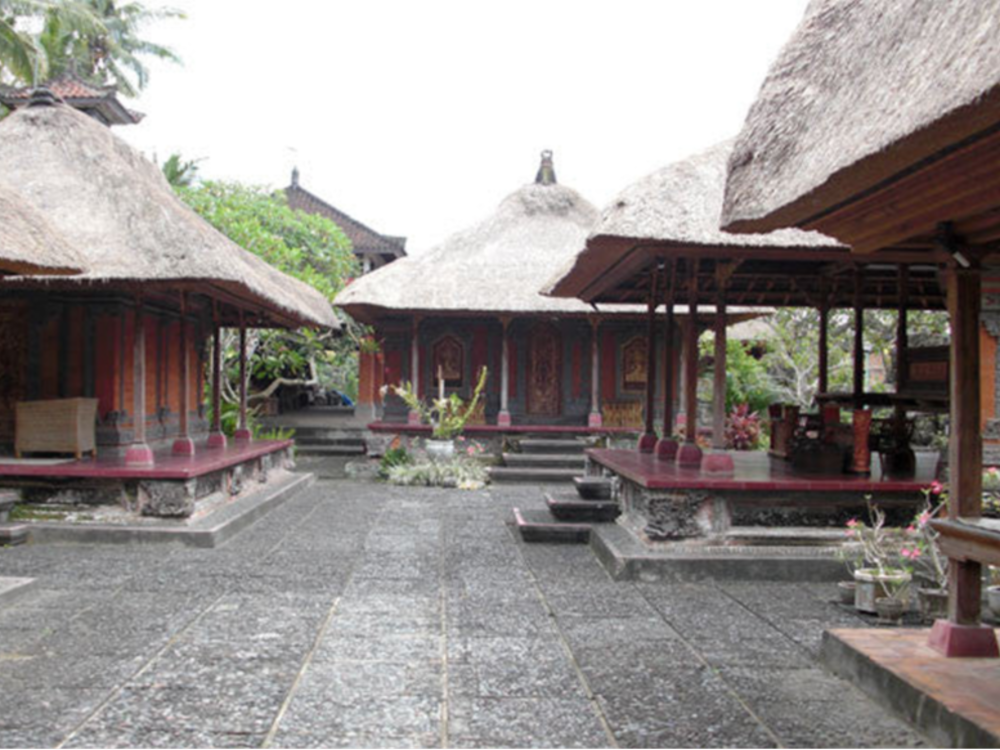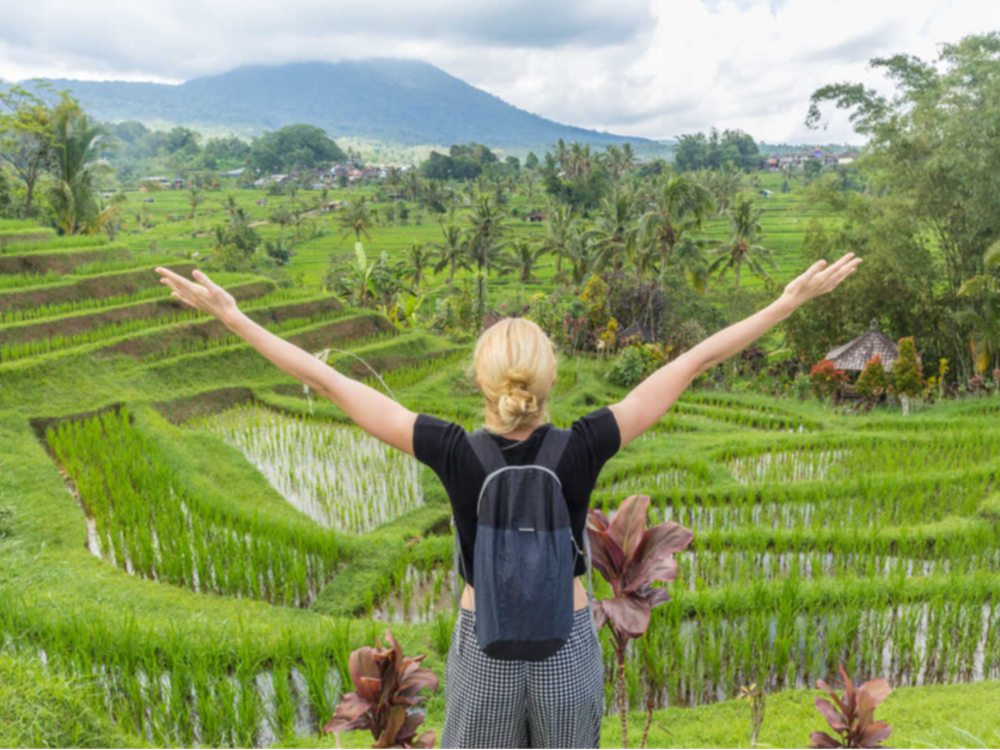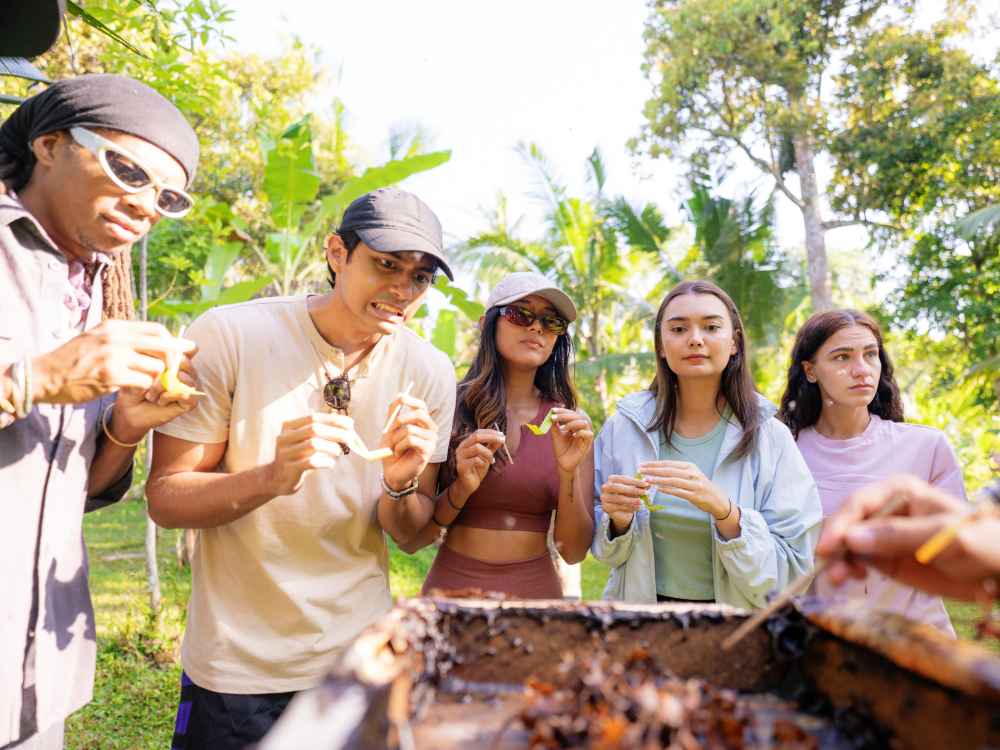Exploring Bali Culture: Traditions, Temples, and Timeless Etiquette
23 July 2025

Close your eyes and picture this: the scent of incense wafting through the air, the sound of gamelan echoing in the distance, and women in vibrant sarongs gracefully placing offerings at temple gates as the morning sun lights up ancient stone carvings. Well, that’s what is special about Bali Culture.
Interested to find more? Let’s explore the island’s most captivating customs and sacred spaces together in this article.
Exploring about Bali Culture
Bali is a place where culture and tradition are alive in every corner. From daily offerings and temple rituals to traditional houses and village life, exploring Balinese culture lets you experience the island’s true spirit up close. Here’s a few places you must explore while in Bali:
1. Traditional Balinese: Harmony in Everyday Life

Step into a traditional Balinese house compound, and you’ll quickly realize it’s not just a home. These compounds are designed with the ancient philosophy of Asta Kosala Kosali, a Balinese version of feng shui, where each pavilion has a purpose and a position based on sacred directions.
There’s a separate pavilion for sleeping (bale daja), cooking (paon), and worship (sanggah or merajan), each arranged to align with cosmic energy. Families live together across generations, often around a peaceful central courtyard shaded by frangipani trees.
You might hear a rooster crowing in the background or smell freshly made incense rising from the family shrine. Sounds magical, right?
2. Bali Living Tradition: Taro Village & Lush Rice Fields

Just a short drive from Ubud lies Taro Village, one of the oldest and most culturally preserved villages in Bali. Walking or cycling through Taro is like stepping back in time.
The narrow village lanes are lined with ancient stone temples, and you’ll often see elderly women weaving offerings out of coconut leaves while children run barefoot alongside ducks heading toward the rice fields.
As you move through the village, lush green rice terraces stretch out on either side, creating a sense of peace and connection to the land. Farmers still use traditional tools, and you might even be invited to help plant rice or join a temple festival in progress.
3. Discover Temples and Ceremonial Life

Bali is often called the “Island of a Thousand Temples”, but the truth is, there are actually more temples than houses here. Every village has at least three major temples (for Brahma, Vishnu, and Shiva), and each household has its own family shrine.
Visiting temples like Tirta Empul offers a front-row seat to living spirituality. Here, locals perform melukat which is believed to cleanse the body, mind, and soul.
You’ll witness women in colorful kebayas carrying towering offerings on their heads, men in traditional sarongs playing gamelan, and children helping prepare for ceremonies with big smiles.
4. See the Sacred White Cow (Lembu Putih)

In the Taro region, keep an eye out for the rare and sacred white cow, known as Lembu Putih. Unlike other cows in Bali, these white cows are considered holy and untouchable, believed to be the earthly form of Nandi, the divine bull and companion of Lord Shiva.
They are often featured in important temple ceremonies and cremation rituals. Seeing one is considered a spiritual blessing. Locals care for them with deep reverence, feeding them special grasses and never using them for labor.
5. Trekking Through Pure Nature & Culture

Trekking in Bali is actually a spiritual journey you will not find elsewhere. Take a sunrise trek up Mount Batur, and as the sky turns from inky black to golden orange, you’ll feel something ancient and sacred stir in the air.
Local guides will share legends of the mountain’s power, and you might even see villagers making early-morning offerings to the spirits of the volcano.
Or wander through the Campuhan Ridge Walk in Ubud, where quiet trails lead you past temples, river valleys, and hillside shrines. Each step connects you more deeply with the land, the people, and the invisible energies the Balinese honor in their everyday lives.
6. Pedal Through the Heart of Bali

If you want to explore Bali’s culture up close and see all the cultures above, there’s no better way than by bike. A cycling tour in Ubud and nearby villages gives you access to places cars can’t reach.
Several places such as hidden temples, quiet artisan homes, and untouched rice fields where time seems to stand still will definitely be eye-opening scenes.
You might stop at a wood carving workshop, chat with a batik maker, or visit a natural spring bath used by local families for generations. Along the way, your guide might share personal stories about growing up in the village or explain the meaning behind the colorful offerings dotting every roadside shrine.
7. Refresh Yourself at the Holy Spring Bath in Bali
In the heart of Bali’s lush jungle landscapes, nestled between temples and rice terraces, lies one of the island’s most peaceful and soul-stirring experiences: bathing in a holy spring.
One of the most famous and sacred places to do this is Tirta Empul Temple, located near Tampaksiring, just north of Ubud. The temple has been a place of purification for Balinese Hindus for more than a thousand years.
The ritual of bathing in Bali’s holy springs is rooted in Balinese Hinduism, which places a strong emphasis on balance, purity, and connection to the divine. Here’s some interesting facts you need to know:
Water (Tirta) is seen as a sacred element, capable of purifying not just the body, but the spirit.
The process of moving from spout to spout is symbolic of a journey toward cleansing and renewal.
Locals believe that negative energy, illness, or mental heaviness can be “washed away” with sincere prayer and immersion in the holy waters.
These rituals are often performed before big life events, such as ceremonies, weddings, or temple festivals.
Even for visitors who aren’t religious, the emotional and spiritual calm that comes from participating in this ritual is undeniable. It’s one of the rare travel experiences that touches you far beyond the surface.
Do’s and Don’ts While in Bali
Respecting local customs is key to enjoying a meaningful and smooth experience in Bali. With its deep spiritual roots and rich traditions, knowing the basic do’s and don’ts will help you engage respectfully with the culture and the people during your stay. Here’s what you need to know:
1. Do’s
Here are some important and easy “do’s” to keep in mind that will make your experience more enriching and appreciated by the locals:
Dress modestly at temples. You can wear a sarong and sash, and make sure your shoulders and knees are covered when visiting temples.
Smile often and be polite. A genuine smile and a simple “Om Swastiastu” greeting are always welcomed by locals.
Follow local ceremony etiquette
Always use your right hand—or both hands—when giving or receiving anything.
If you saw the flower offerings on the ground, remember to never touch or disturb them.
Respect sacred spaces. Ask before entering temples or shrines, and never let your head be higher than sacred objects or priests.
Take off your shoes indoors
2. Don’ts
To help you avoid cultural missteps and ensure your visit is respectful and meaningful, here are a few key “don’ts” to keep in mind while exploring Bali:
Don’t point with your index finger. Use an open palm or nod instead of pointing, as direct pointing is considered rude.
Don’t touch people’s heads as it’s seen as the most sacred part of the body.
Don’t enter temples during menstruation. Women are traditionally asked not to enter temples during menstruation, as it's viewed as a spiritually impure time.
Don’t raise your voice in public
Don’t step on offerings
Don’t engage in public displays of affection at temples
Don’t climb sacred statues or trees
Excited to Explore Bali?
If you’re excited to dive into Bali’s natural wonders, rich traditions, and thrilling adventures, make your journey truly unforgettable with Surya Bintang Adventures.
We offer special Bali adventure activities packages that include white-water rafting, kayaking, ATV rides, and cycling tours. Each designed to show you the real Bali, not just the tourist spots.
Plus, our reliable transportation services and tour guide make it easy to get around the island with zero stress. For a safe, fun, and one-of-a-kind experience you won’t find anywhere else, choose Surya Bintang Adventures as your trusted guide to Bali’s best. Let the adventure begin with Surya Bintang!
FAQ
What is a Balinese house compound?
It’s a family residence made up of pavilions for worship, cooking, gathering, and sleeping. Built in harmony with sacred orientation and Hindu philosophy.
Do I need to respect specific etiquette in temples?
Yes! Try to cover modestly, approach quietly, use the right foot entering, and follow small rituals like not touching offerings or stepping over sacred thresholds.
Where can I see artisans at work?
In villages like Celuk (silver), Mas (wood carving), and Batubulan (stone carving), you can observe and even try traditional arts and crafts.
What’s so special about Bali cycling cultural tours?
Cycling tour from Surya Bintang Adventure lets you experience real village life and landscapes up close. You will see daily routines, market life, rice field work, and secret cultural corners.



